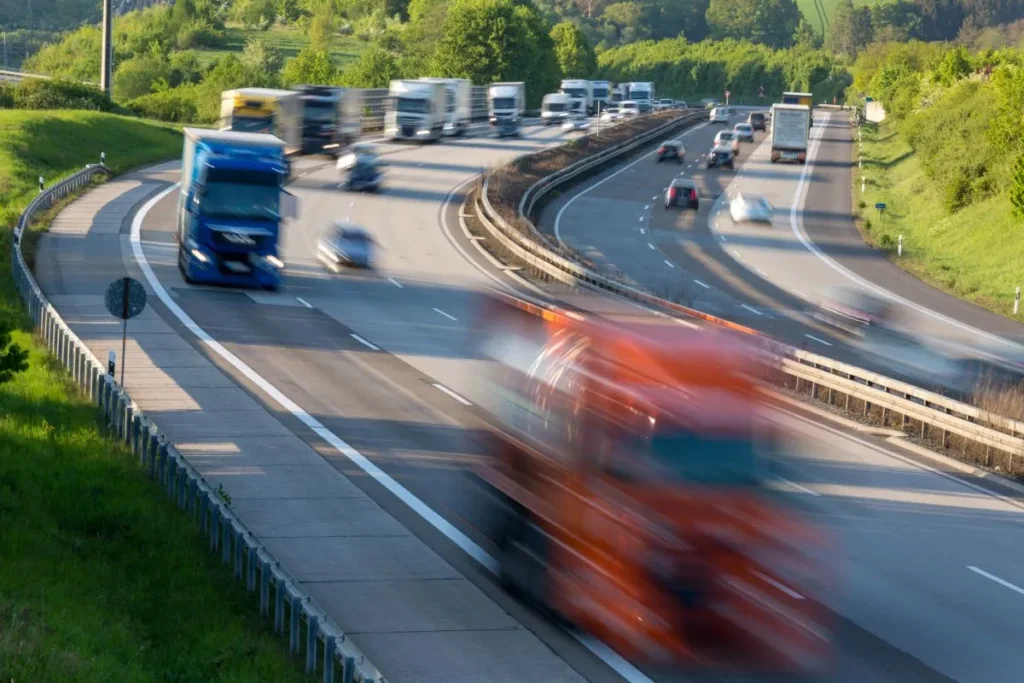The new proposal concerns Directive 1999/62/EC, known as the Eurovignette Directive, which governs the rules for levying road tolls and user charges across the European Union. The system is built on two key principles: the polluter pays and user pays principles.
Brussels stresses that the update is primarily of a technical and organisational nature. It aims to align existing rules with the latest CO₂ standards for heavy-duty vehicles while maintaining the EU’s environmental objectives.
According to the Commission, the proposal seeks to enhance legal certainty and predictability, allowing national authorities and transport companies to better understand their rights and obligations.
The draft has now been forwarded to the European Parliament and the Council of the EU for further discussion under the ordinary legislative procedure.
IRU: More flexible solutions needed
The International Road Transport Union (IRU) has expressed concerns about the proposal, warning that it risks entrenching a rigid and inflexible toll calculation mechanism.
According to the IRU, the current version of the amendment “cements a rigid mechanism” by linking toll rates exclusively to a vehicle’s CO₂ emissions, while disregarding other low-emission or CO₂-neutral technological options.
“This is presented as a simplification, but in reality, it reinforces an overly rigid system. The variability of tolls remains based solely on CO₂ emission parameters, without recognising low-emission or CO₂-neutral alternatives,” said Raluca Marian, the IRU’s Director of EU Advocacy.
Limited flexibility
The organisation notes that the new classification rules for dual-fuel, retrofitted and specialised vehicles reduce flexibility and penalise operators investing in non-electric technologies.
In the IRU’s view, the proposal also fails to include adequate financial mechanisms to reinvest CO₂-based toll revenues into measures supporting road transport decarbonisation — at least during the transitional period.
The IRU points out that the latest draft largely mirrors the previous version (COM(2023)189) and still fails to address several key issues. There remains a lack of clarity over the timeline for introducing the VECTO system for trailers and semi-trailers, as well as how emission standards will be applied to first registrations.
According to the organisation, the EU should use this opportunity to establish a fair, flexible and market-oriented road toll framework that supports all viable pathways towards decarbonisation.
“EU legislators must build a system that not only promotes emission reductions but also supports the businesses that keep Europe’s goods and economy moving,” the IRU concludes.
The future of the Eurovignette
The Eurovignette Directive remains one of the cornerstones of EU transport policy. The polluter pays principle is intended to encourage fleet renewal and investment in cleaner technologies. However, industry representatives warn that overly rapid change and insufficient financial support could have the opposite effect.
The final shape of the revised rules will only be known once the European Parliament and the Council have completed their work. Until then, transport operators and industry associations plan to take an active role in the consultation process, advocating for a more balanced, practical and fair tolling system across Europe.









